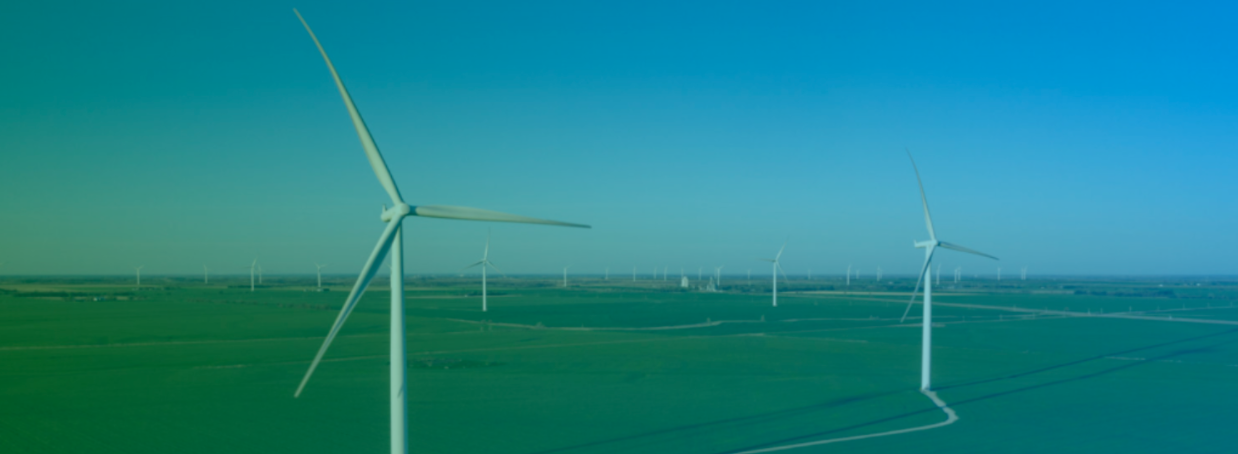
obsSteelcase 100% Renewable Energy Efforts Evolve Into Climate Strategy
October 31, 2018
Steelcase formally launched its renewable energy purchasing efforts in 2001, when it sent a “Letter of Intent” to become a founding member of the EPA Green Power Partnership. Following this original commitment, Steelcase procured renewable energy credits (RECs) generated from landfill gas and other generation sources for a small percentage of its total electricity consumption. By 2006, Steelcase’s Renewable Energy Purchasing Strategy truly had begun to take shape. An industry first, the company purchased the naming rights and all RECs produced at a Panhandle, Texas wind farm through 2013. Subsequently named the Wege Wind Farm, it provided RECs totaling up to 20% of Steelcase’s global electricity usage.
By 2012, Steelcase was researching a variety of renewable energy strategies and considering projects proposed by potential suppliers. The goal was to begin purchasing clean renewable energy equivalent to 100% of its global electricity consumption. Steelcase defines clean renewable energy as electricity produced by solar, wind, geothermal, and small-hydroelectric facilities. In 2014, Steelcase joined RE100, making a commitment to source 100% renewable energy equivalent to its total global electric power consumption. Steelcase has fulfilled this commitment every year since through its renewable energy investments.
Steelcase was awarded the 2018 WMSBF Climate Leadership Award
While investigating new options for renewable energy, Steelcase looked at purchasing more than 50% of its global electricity usage through a virtual power purchase agreement (vPPA). The vPPA was exercised in 2016 with the Grant Plains Wind Project in Oklahoma. Steelcase purchased additional RECs and environmental attribute certificates (EACs) from a combination of solar, wind and hydro from around the world to reach the 100% commitment.
“Most recently, the work we’re doing is focusing attention on climate change directly. A lot of the work we have done historically has been pursuing discrete initiatives in sustainability, whether that’s product certifications, renewable energy, waste reduction or water reduction,” says Maeve Burns, Steelcase senior sustainability analyst. “Now we are trying to collect all of that under one broader umbrella of a climate change strategy.”
Creating a Culture for Climate Action
Along with engaging in formal initiatives and projects that address its environmental footprint, Steelcase has actively engaged team members around the globe. The result has helped shape its corporate culture to one that fully appreciates sustainability and climate leadership.
“We are focusing as a company on transforming work, worker, and work place,” Burns says. “Among the ways we do that, we are establishing and implementing energy and renewable energy targets to accelerate the transition to a clean energy economy. We are committed to identifying and quantifying the risks of climate change on our business and understanding its potential impacts on our entire value chain to not only benefit the planet, but to make our company more resilient in the future.”
Steelcase offers a range of architecture, furniture and technology products and services designed to deliver creative workspace experiences. Environmental responsibility is a core value of its business, where creating and supporting economic, environmental and social conditions brings lasting value to our customers, employees, shareholders, partners, communities and the environment. Steelcase seeks to convert its spaces and facilities from a traditional urban manufacturing style setting into a more rural atmosphere, with a hope to promote a campus-like feel with aesthetically pleasing and functional green infrastructure. Stormwater management is part of the Steelcase sustainability program, which features practices that supports a natural environment and provide ecological benefits to employees and clients. Learn more.
